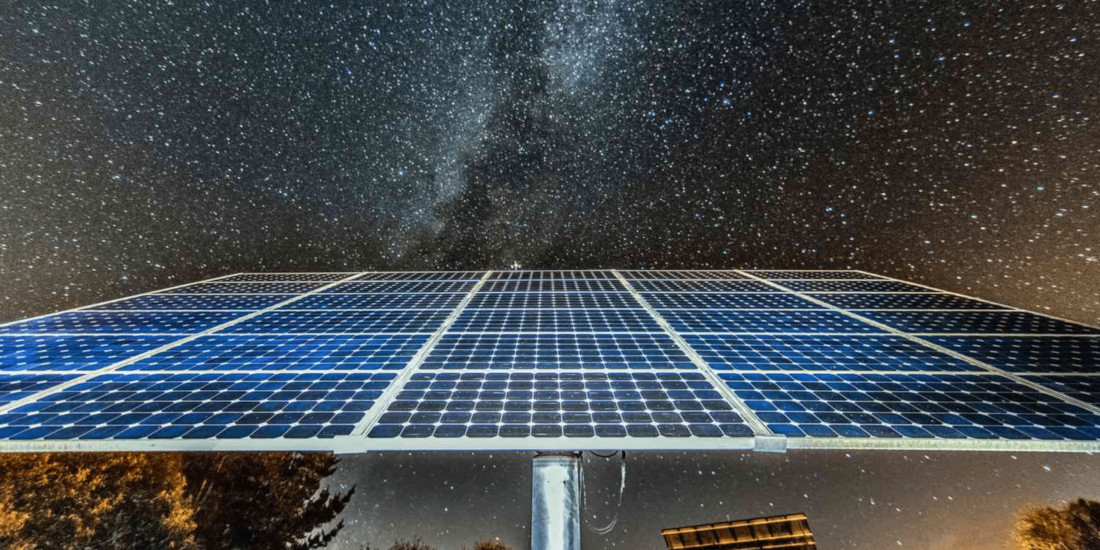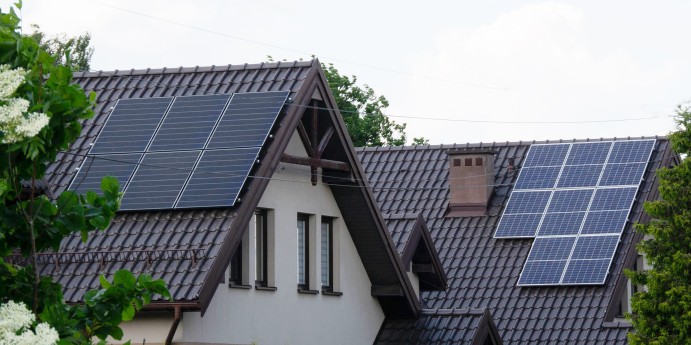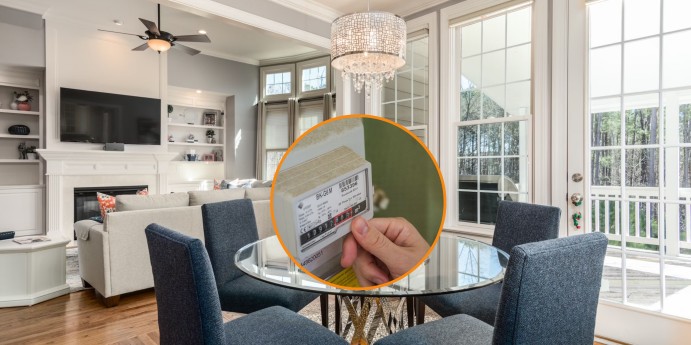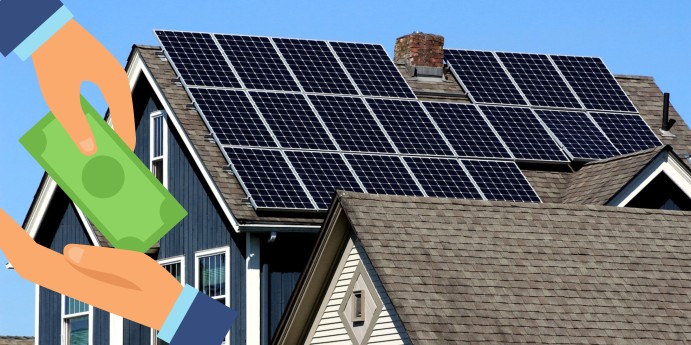Solar panels generate electricity from sunlight. The photovoltaic (PV) systems generate electricity during daylight, by capturing and converting sunlight into usable energy. However, many non-users may feel that the challenge arises when the sun sets, how do solar panels work at night?
To comprehend how solar panels operate after sunset, it’s essential to understand the concept of solar energy storage. While solar panels generate electricity during the day, they store the excess energy, that is produced in the daytime, so that it can be used during nighttime or when sunlight is not available.
Solar batteries play an important role in this process. Solar batteries store surplus energy, generated by solar panels. These batteries, including lead-acid, lithium-ion, and flow batteries, offer distinct advantages in terms of efficiency, lifespan, and cost.
Solar panels produce electricity during daylight hours, which is used to charge the connected solar batteries. As the batteries charge, they store the excess energy generated, ensuring a continuous power supply even when sunlight is unavailable.
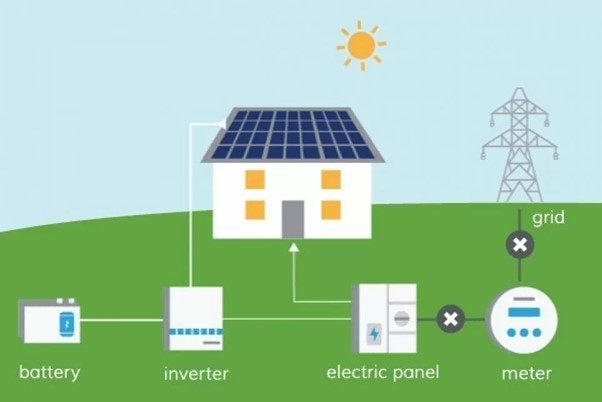
Step 1: Sunlight Captures Energy (Solar Panels)
- Sunlight strikes the solar panels.
- These panels consist of photovoltaic cells containing silicon wafers.
- Sunlight photons energize electrons within the silicon, knocking them loose from their atoms.
Step 2: Direct Current (DC) Electricity Generation (Solar Panels)
- The movement of these energized electrons creates an electric current.
- This current is in the form of direct current (DC).
Step 3: Powering Your Home
- The DC electricity can directly power your home’s appliances if your system is DC-coupled.
- In most cases, an inverter is used.
Step 4: Converting DC to AC Electricity (Inverter)
- The inverter changes the DC electricity from the panels into alternating current (AC).
- AC is the standard form of electricity used in homes and businesses.
Step 5: Using or Storing Excess Electricity
- If your home’s current needs are met, the excess AC electricity is available for storage.
Step 6: Charging the Battery
- The excess AC electricity is directed to the solar battery.
- Inside the battery, a chemical reaction is triggered, storing the electrical energy.
Step 7: Discharging Stored Energy (When needed)
- During times of low sunlight production, like at night or on cloudy days, your home can tap into the stored energy.
- The inverter again converts the DC electricity from the battery back into AC for use in your home.
Step 8: Long-Term Storage and Maintenance
Solar batteries typically have a lifespan of around 10-15 years and may require occasional maintenance or replacement.
One of the essential parts of solar energy storage technologies is inverter systems. Through the application of these devices, solar energy produced in direct current (DC) is transformed into alternating current (AC), which is suitable for use with the majority of domestic appliances and the electrical grid.
- Inverter systems work with solar panels and batteries.
- During the day, inverters change the direct current (DC) electricity generated by solar panels. They convert it into alternating current (AC) electricity. This AC electricity is suitable for immediate use in homes or businesses. Alternatively, it can be stored in batteries for later use.
- At night, inverters use power from batteries when solar panel output drops.
- This keeps homes powered by solar energy at night.
Despite improvements in solar energy storage, we may face the following challenges:
Cost: Expensive upfront.
Capacity: Limited storage duration.
Efficiency: Energy loss during charge/discharge.
Lifespan: Needs replacement every 10-15 years.
Environmental Impact: Manufacturing/disposal concerns.
Cost:
Technology advancement, incentives, and system design optimization can help reduce costs.
Capacity & Efficiency:
Consider larger batteries, grid integration, and high-quality options.
Lifespan:
Choose reputable suppliers and practice proper maintenance.
Environmental Impact:
Look for recycling programs and explore sustainable battery options.
- Most importantly, the homeowner should look for a quality solar energy company that guarantees a longer lifespan for batteries. For instance, SunLife offers a best-in-class 25-year warranty for solar battery life
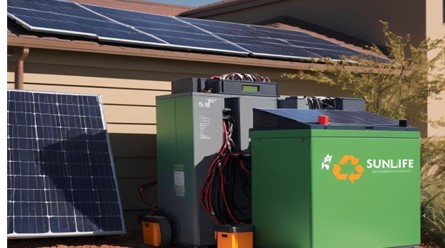
Solar energy storage has applications in residential places, in addition to commercial and industrial environments. Solar energy storage systems are robust and flexible, able to power essential facilities during calamities as well as remote off-grid locations.
The future of solar energy storage looks promising, with ongoing advancements in technology and increasing demand for renewable energy sources in the United States of America. As costs will continue to decline as efficiency improves, solar power is poised to become a dominant force in the global energy landscape.
In conclusion, solar panels can indeed work at night through the integration of solar batteries and inverter systems. By storing excess energy generated during the day, solar power becomes a dependable source of electricity, providing a sustainable and environmental friendly alternative to traditional energy sources for home owners across United States of America.
Ready to power your home with solar energy 24/7 ? Let SunLife guide you through the process of integrating solar panels with battery storage for uninterrupted energy supply, day and night!
Contact us today at +1 833-478-6669 or visit our website sunlifenow.com to learn more about our solar energy solutions and schedule your FREE consultation.
 833-478-6669
833-478-6669
